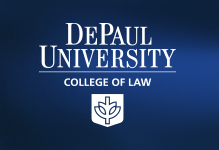Abstract
In the fall of 2016, media headlines reported news of several births of children born through “three parent IVF” or mitochondrial replacement therapy (MRT). MRT refers to an experimental procedure that entails removing the nuclear DNA from the mother’s egg or fertilized zygote and transferring it to a donor’s egg or fertilized zygote. This procedure constitutes a modification of the human germline, which has been prohibited by numerous declarations, directives, and laws promulgated by the United Nations, the Council of Europe, and other nations. In 2016, the Human Fertilisation and Embryology Authority in the United Kingdom was the first nation to legally authorize “cautious use” of this experimental procedure and it appears the United States will soon also permit clinical investigation of MRT under the purview of the FDA. This article evaluates the coherence between the scientific evidence assessing safety and efficacy of MRT, describes potential risks, investigates the medical rationale, and analyzes the driving motivation behind policymaking in the United States.
Recommended Citation
Katherine Drabiak,
Emerging Governance of Mitochondrial Replacement Therapy: Assessing Coherence Between Scientific Evidence and Policy Outcomes,
20
DePaul J. Health Care L.
(2018)
Available at:
https://via.library.depaul.edu/jhcl/vol20/iss1/1
